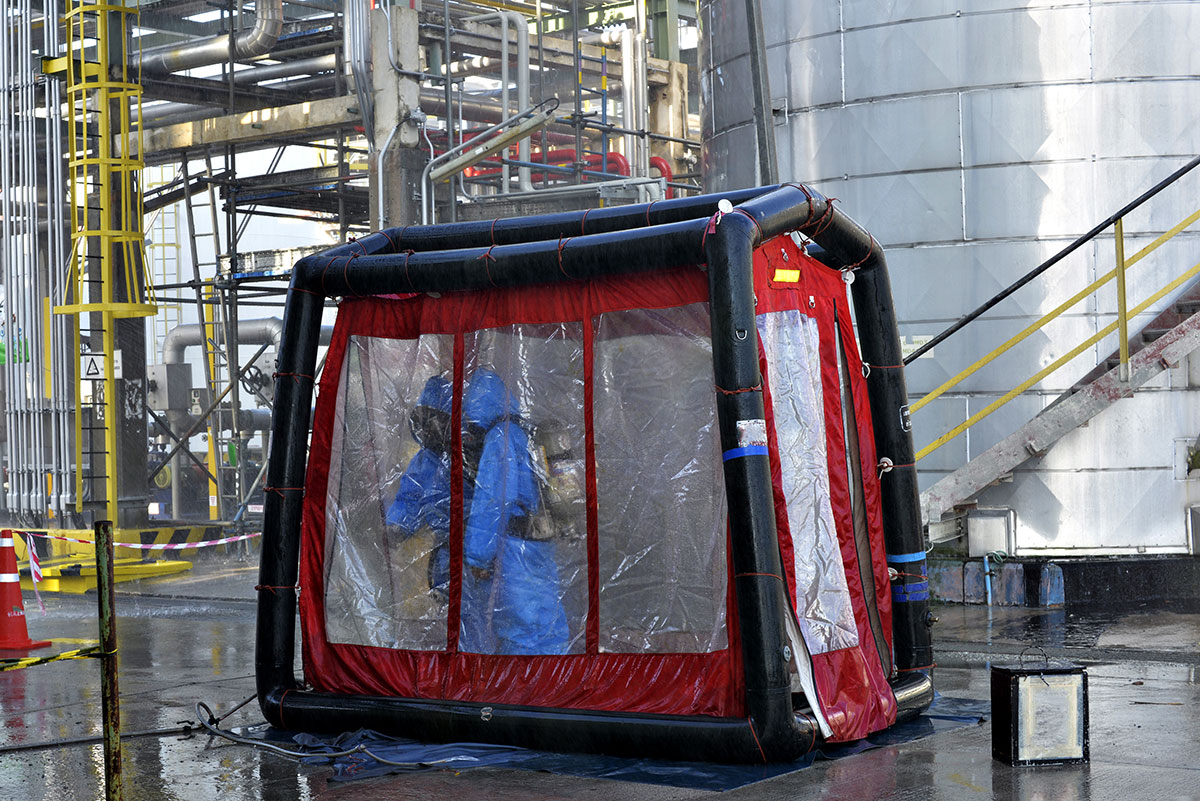Hazardous & Non-Hazardous Emergencies
Waste, as defined by the Environmental Protection Agency, can be classified as garbage or other discarded substances in solid, liquid, or gas form from industrial, commercial, agriculture, or community activities. Knowing the difference between hazardous and nonhazardous waste can be critical when operating your business.

What is hazardous waste?
Hazardous waste can come in solid, liquid, or gaseous states, and it poses a threat to outside environments and to anyone who comes into contact with it. While the term ‘hazardous’ is commonly used, it carries a legal significance and is defined by a few key qualities.
Types of hazardous waste
The EPA classifies types of hazardous waste in three categories: listed, characteristic, and mixed radiological waste.
Listed waste
Listed wastes are those that are explicitly noted on at least one of the four CFR-defined lists of hazardous waste.
There are two varieties of listed wastes: F and K lists and P and U lists.
Wastes on the F and K lists all come from manufacturing and industrial processes; those on the F list do not come from a specific source, while those on the K list do.
Hazardous wastes that are on the P and U lists are unused commercial grade chemicals. P-list waste is acutely hazardous and U-list waste is not.
Characteristic waste
Hazardous waste that is defined as such by its characteristics possesses at least one of the following traits: ignitability, corrosivity, reactivity, or toxicity. The specific, legally binding definitions of each of these terms can be found on the EPA’s hazardous waste page.
Mixed radiological waste
The final category of hazardous waste is mixed radiological. This kind of hazardous waste also has a radioactive component. Because of this, it is regulated by both the RCRA and the Department of Energy’s Nuclear Regulatory Commission.
What is nonhazardous waste?
Non-hazardous waste is less imminently threatening than hazardous waste, and it may have a simpler disposal process. By definition, nonhazardous waste is nontoxic. However, it is still subject to regulation and it should be handled with care.
It can be difficult to determine whether the waste from your business is considered hazardous or nonhazardous, especially when the characteristics of each are sometimes vague and fraught with legal exceptions. Rather than risking the mismanagement of hazardous materials and causing harm to surrounding environments, contact a waste management professional.
Clean Management specializes in the disposal of all hazardous and nonhazardous wastes. No matter what kind of waste your business generates, we can take care of it. Call Clean Management today to learn more about the services we offer and how we can help.






